Carebara castanea
329,90 zł – 529,90 zł
Worldwide shipping
Free delivery over 999 PLN
The highest quality of goods
Live delivery guarantee
24/7 Personal Support
Fair Prices
Description
Carebara castanea is a polygynous ant species with colony sizes of up to 500,000 workers. They have an extra fast development rate and the queen measures 18-24mm while the workers are 2-5mm in size. They have an orange color and their nutrition consists of food insects, syrup, fruits, vegetables, jelly, and cooked chicken without salt.
Additional information
| Behavior | |
|---|---|
| Difficulty in breeding | |
| Origin | |
| The size of ants | |
| Wintering |
Carebara castanea: A Detailed Description of a Fascinating Ant Species
In this article, we will provide you with a detailed description of Carebara castanea, an intriguing ant species with unique characteristics and requirements.
Colony Type: Polyogyny
Colony Size: Up to 500 000 workers
Development Speed: very fast
Size and Color
- Queen: 18-24 mm
- Workers: 2-5 mm
Color: Carebara castanea ants exhibit a vibrant orange color, giving them a distinct appearance. Their striking coloration adds to their allure and makes them visually appealing to observe.
Nutrition: Providing a Balanced Diet
Offering a balanced and varied diet is essential for the health and well-being of Carebara castanea colonies. Here are recommended food sources to ensure proper nutrition:
- Food insects (such as cockroaches and crickets) dead, or live if colony is big
- Syrup (a mixture of water and honey or sugar, with a ratio of 4/3 water:1)
- Fruits and vegetables
- Jelly
- Cooked chicken without salt, shrimps
- Honey
Regularly observe and monitor the food consumption of the colony, adjusting quantities and types of food accordingly. Providing a diverse range of food sources ensures a well-rounded and nutritious diet for the ants.
Humidity and Temperature:
- Humidity: Arena: 60-80%, Nest: 70-90%
- Temperature: Arena: 25-32 °C, Nest: 24-27 °C
Maintaining recommended humidity and temperature contributes to the overall health, activity, and productivity of Carebara castanea colonies.
Feature of the Species: Lack of Majors
Carebara castanea colonies lack specialized major workers, unlike many other ant species. Major workers typically have larger body sizes and serve specific roles within a colony, such as defense or food collection. In Carebara castanea, the size difference between workers is relatively minimal.
Recommended Nests for Breeding
When choosing a nest for breeding Carebara castanea, it is crucial to select one that meets their requirements. Here are some recommended nest options:
- Acrylic Nests: Acrylic nests are a popular choice for housing Carebara castanea colonies. They offer good visibility, making observation easy, and are generally easy to clean and maintain.
- Plaster Nests: Plaster nests are another viable option for Carebara castanea. They are durable, easy to mold into specific shapes, and provide good temperature regulation.
- Aerated Concrete Nests: Aerated concrete nests excel in moisture retention capabilities. They offer a stable and comfortable living environment for Carebara castanea colonies.
- Digfix
Consider factors such as humidity control, ease of maintenance, and aesthetics when selecting a nest. Regularly check and clean the nest to ensure a healthy and hygienic living environment for the ants.
In conclusion, Carebara castanea is an intriguing ant species that provides ant enthusiasts with a unique and rewarding ant-keeping experience. By understanding their colony structure, size, development rate, nutritional requirements, humidity and temperature preferences, and nest recommendations, you can provide the best care for your Carebara castanea colony. Regular monitoring and adjustment ensure their well-being. Enjoy the wonders of Carebara castanea and the fascinating world of ant-keeping!



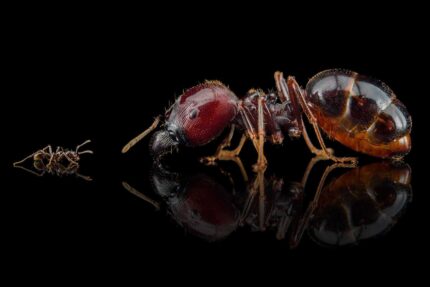
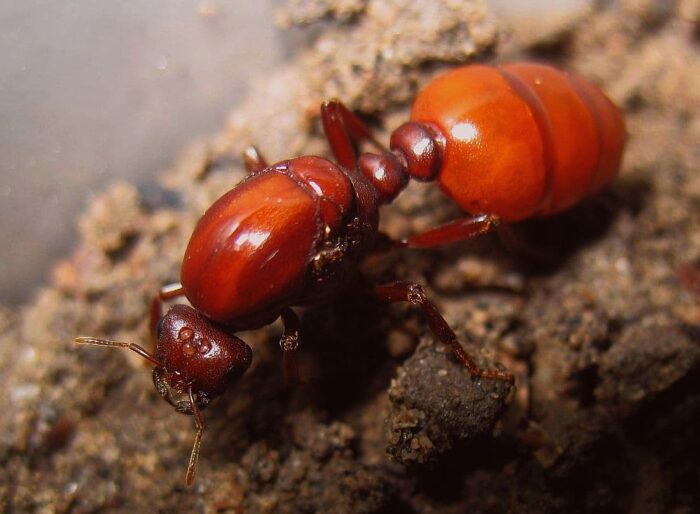
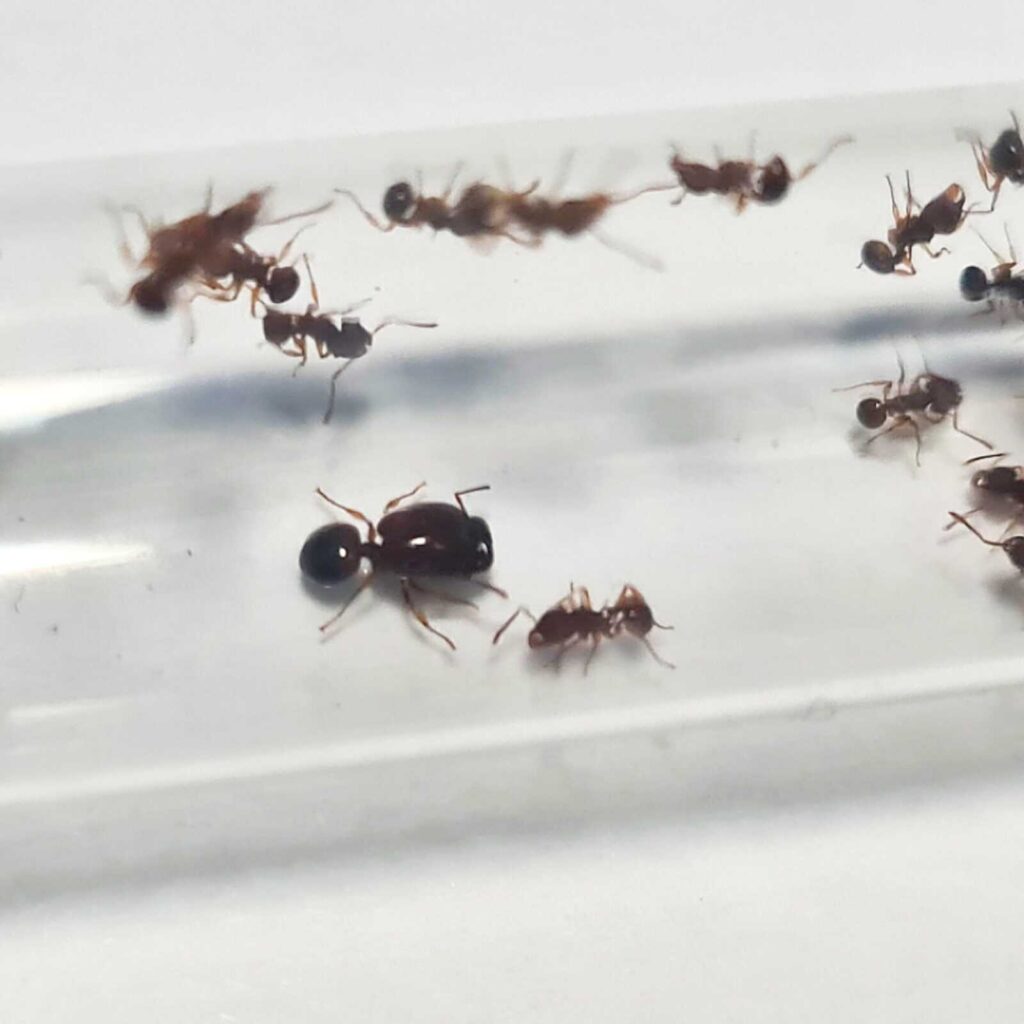
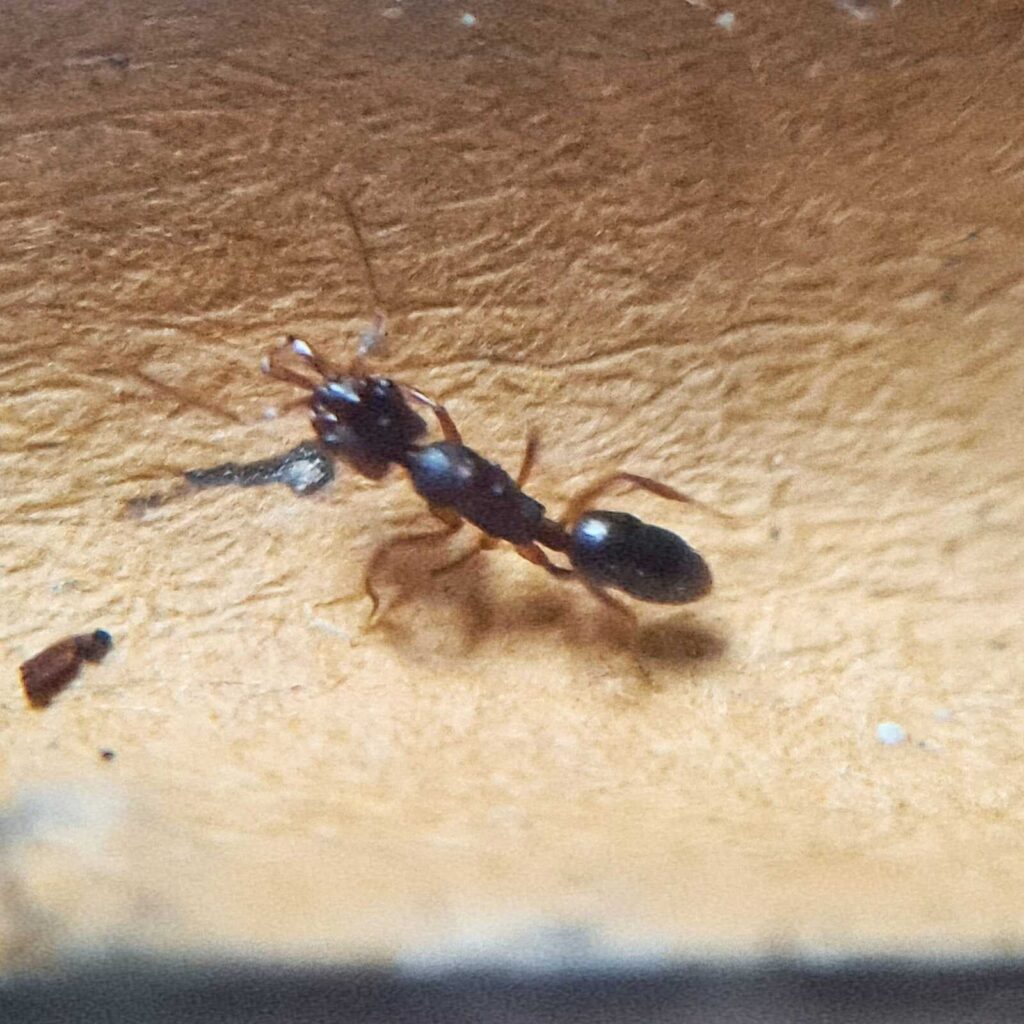
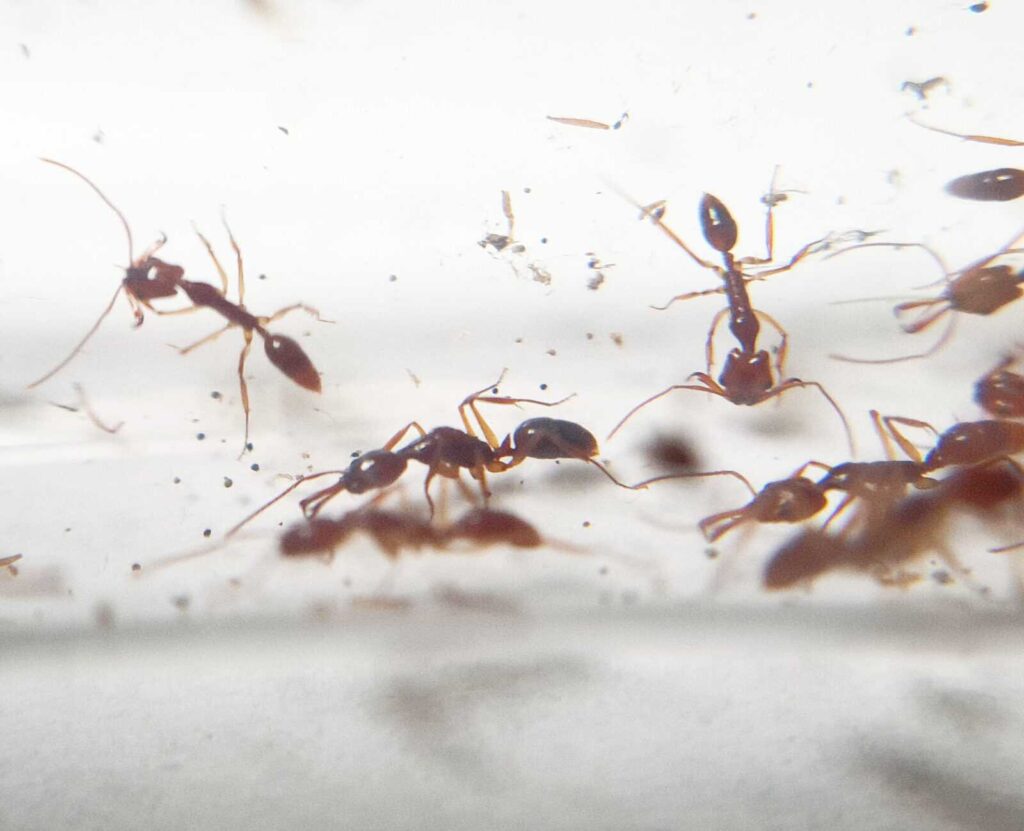
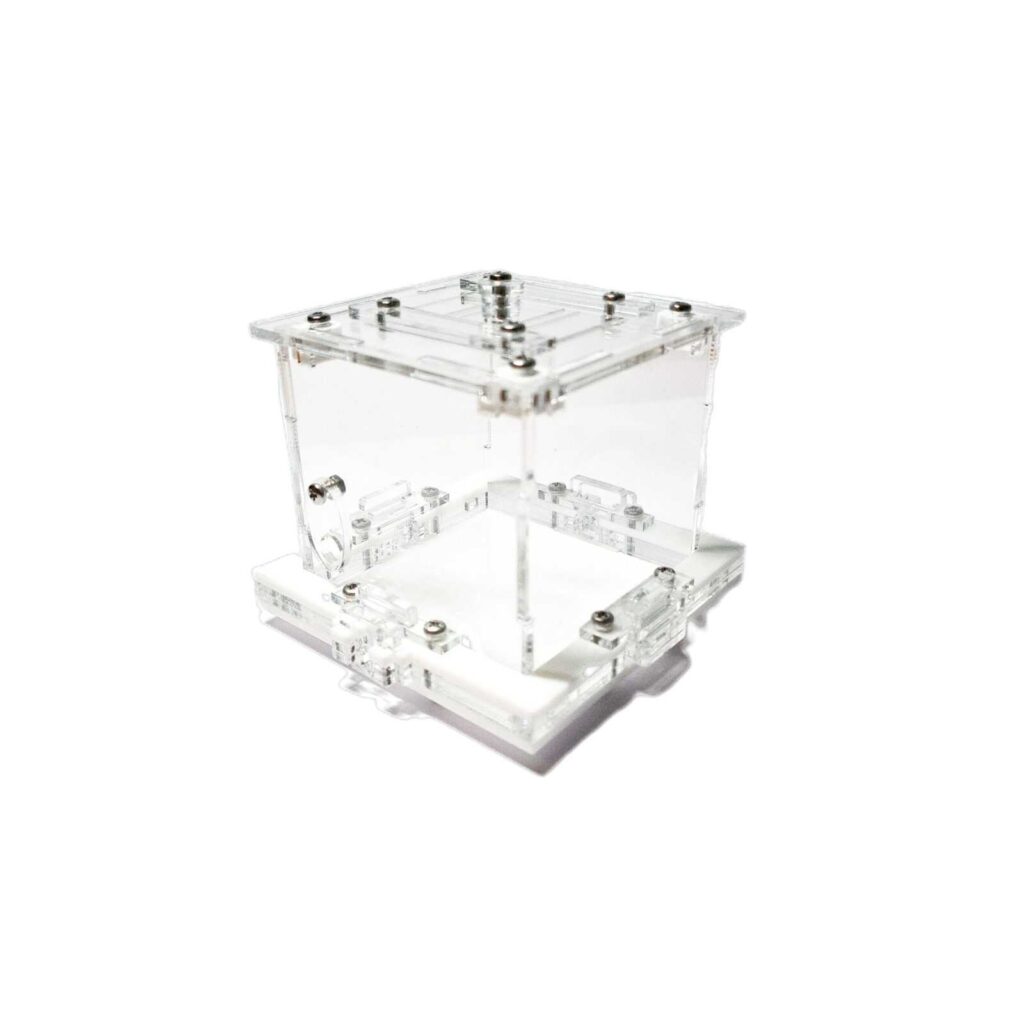



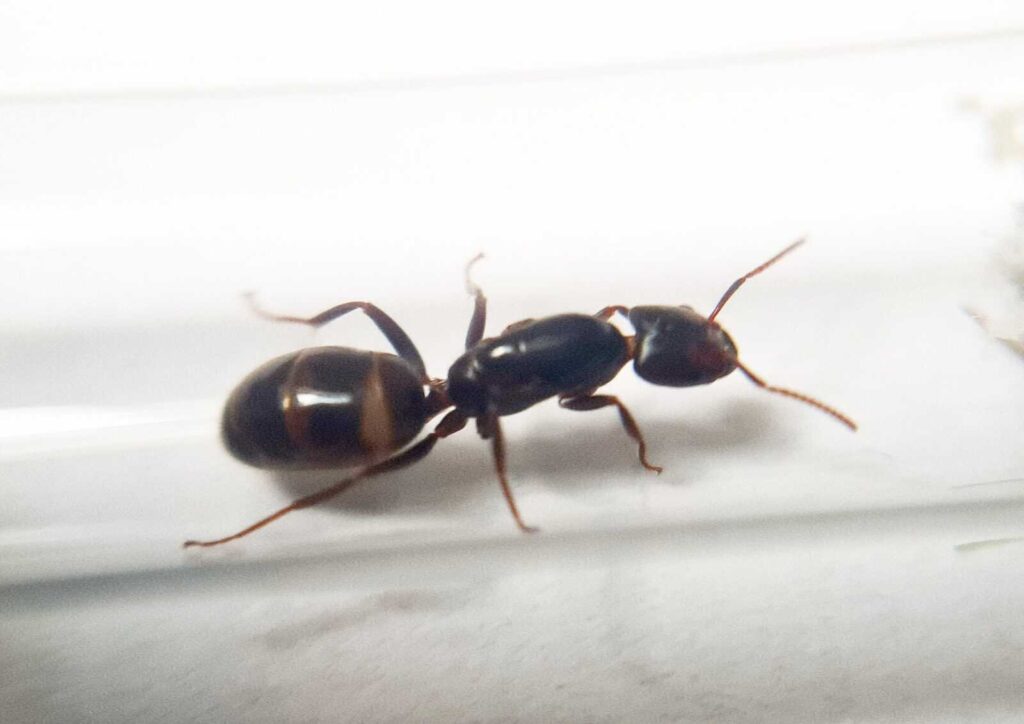
There are no reviews yet.